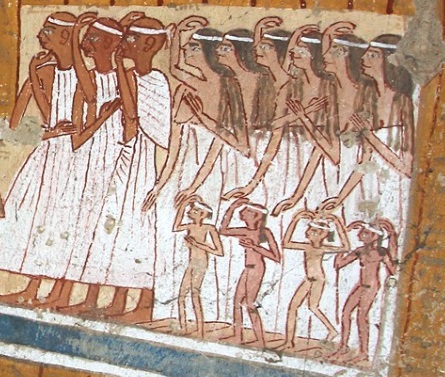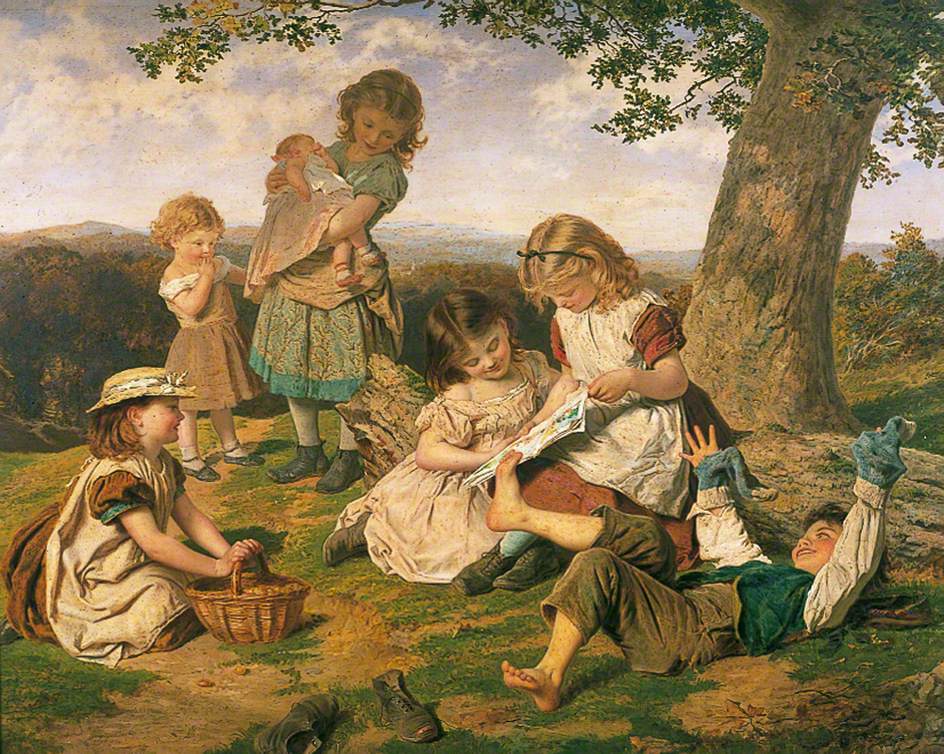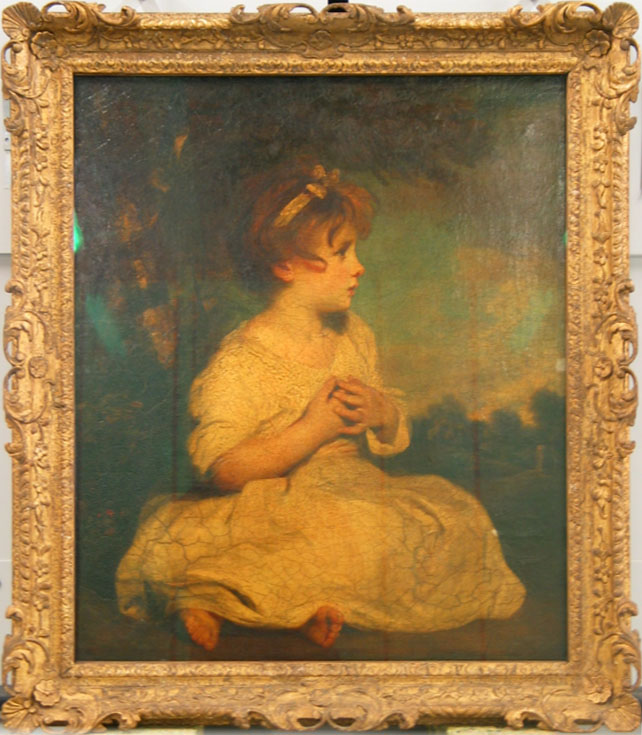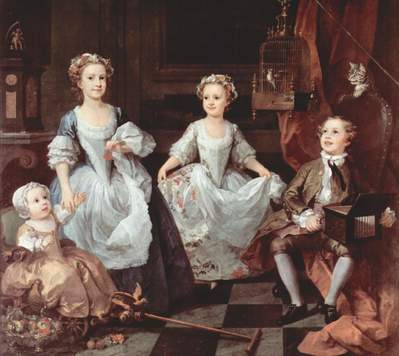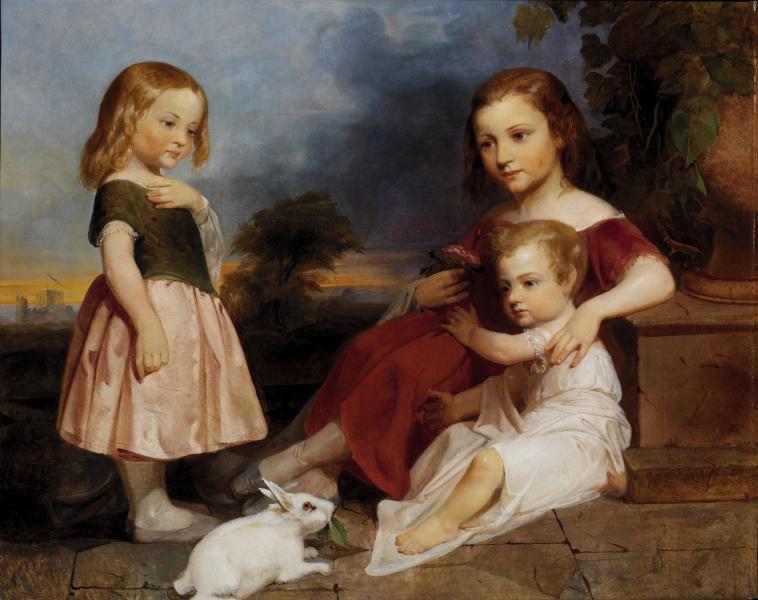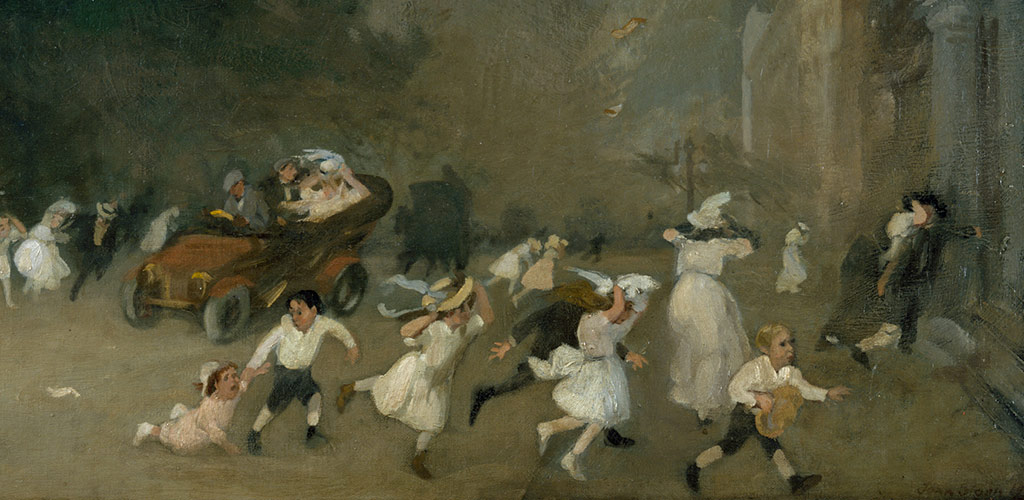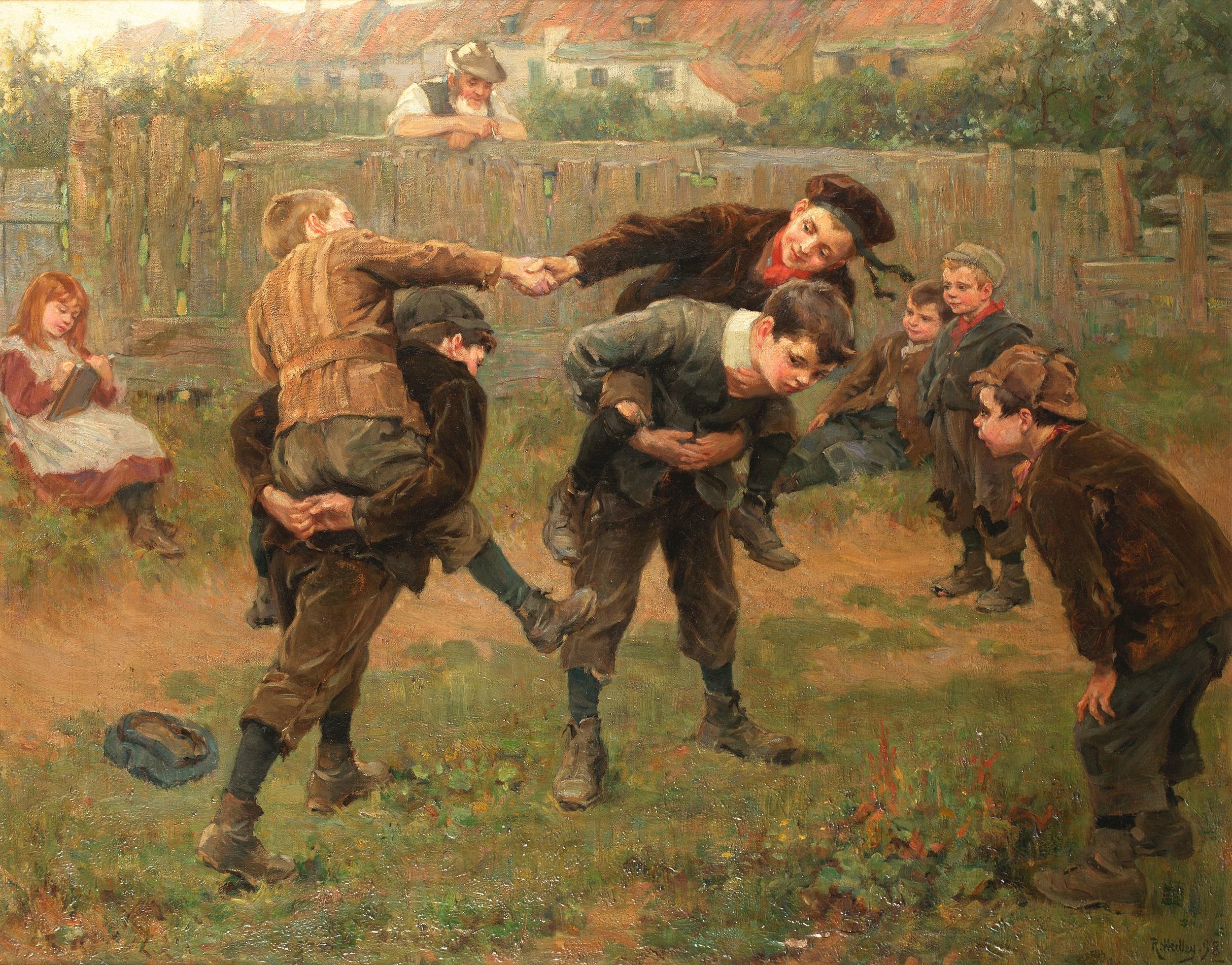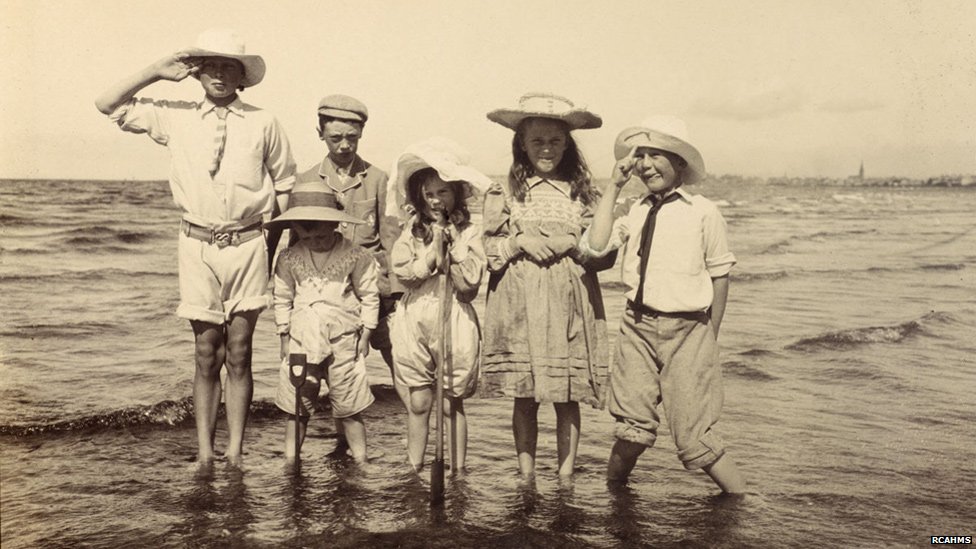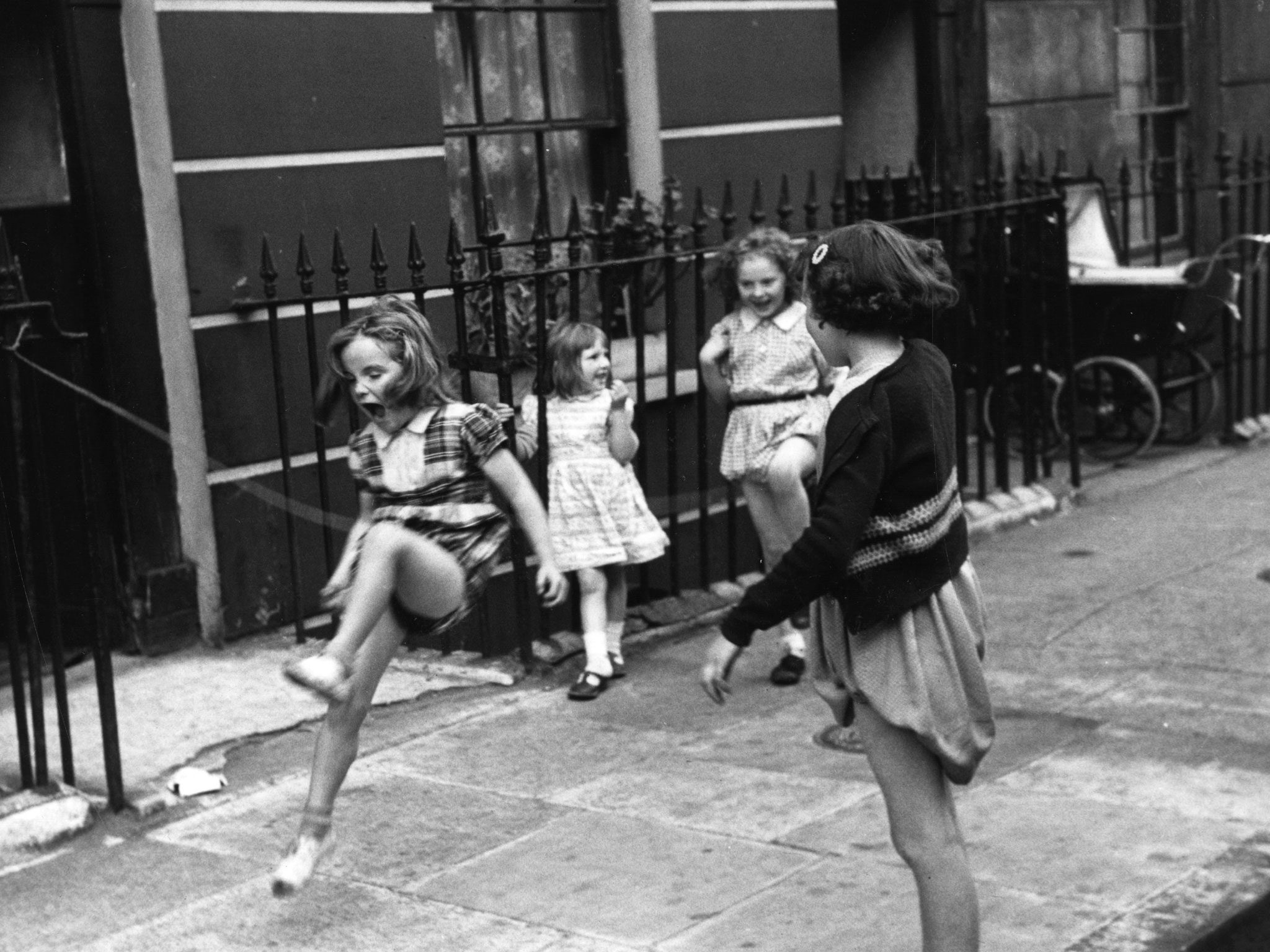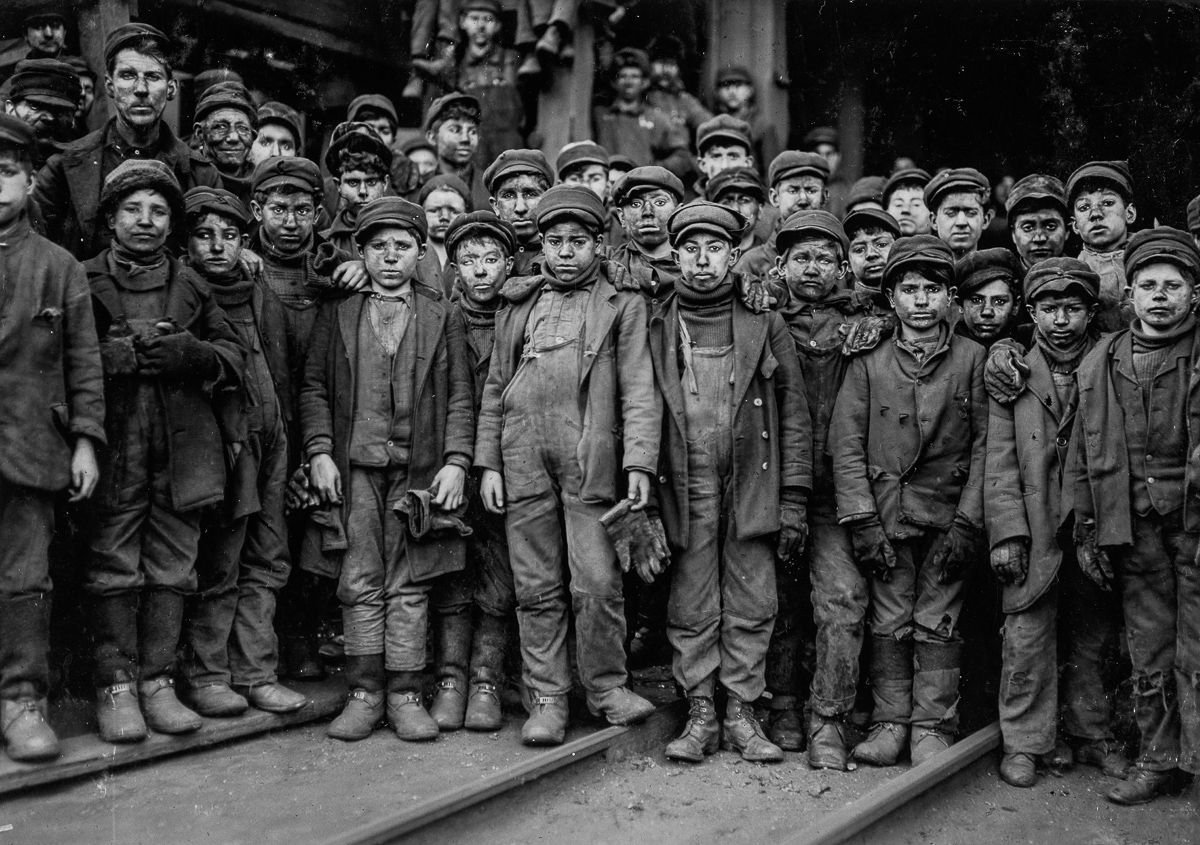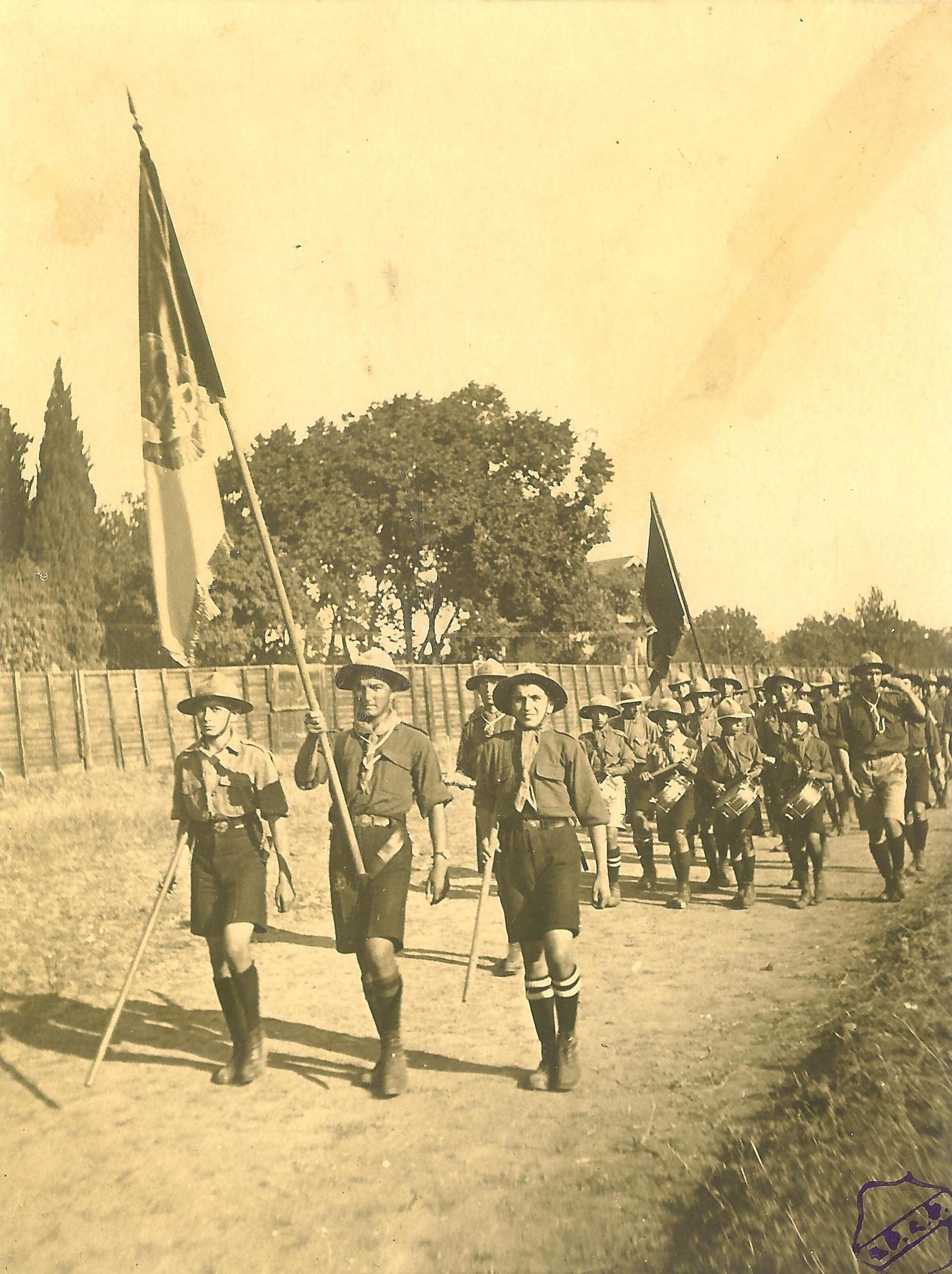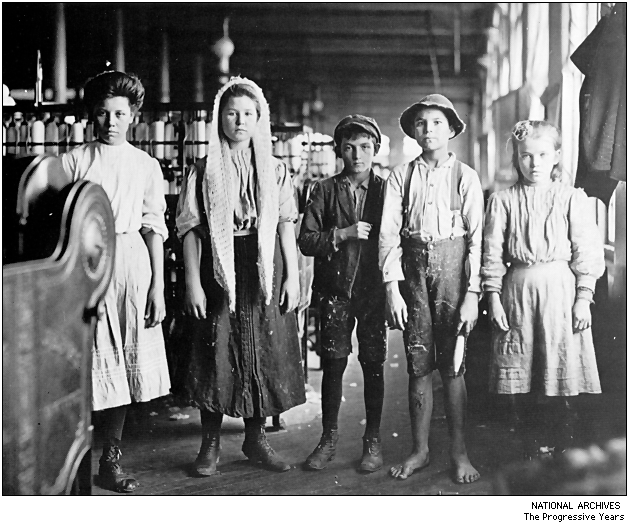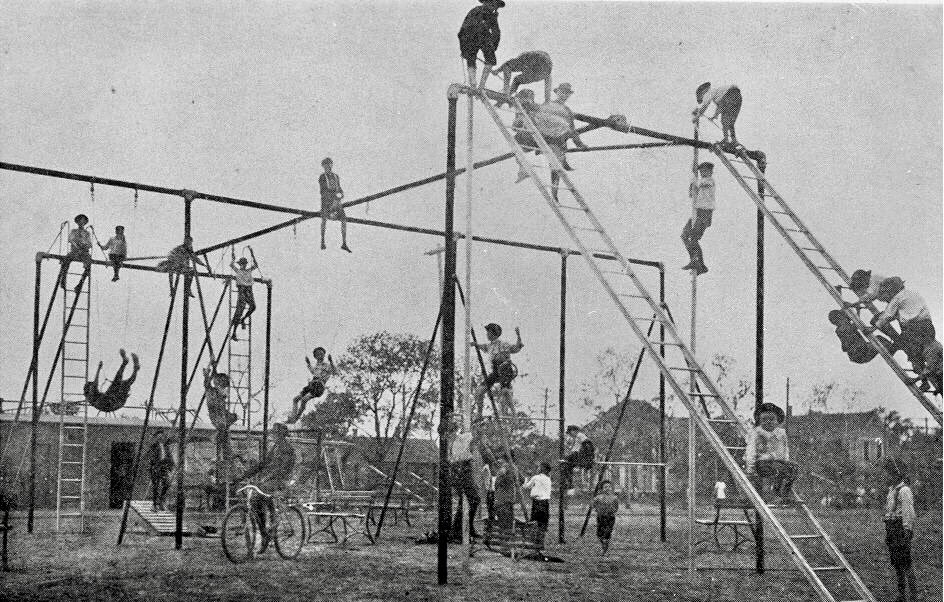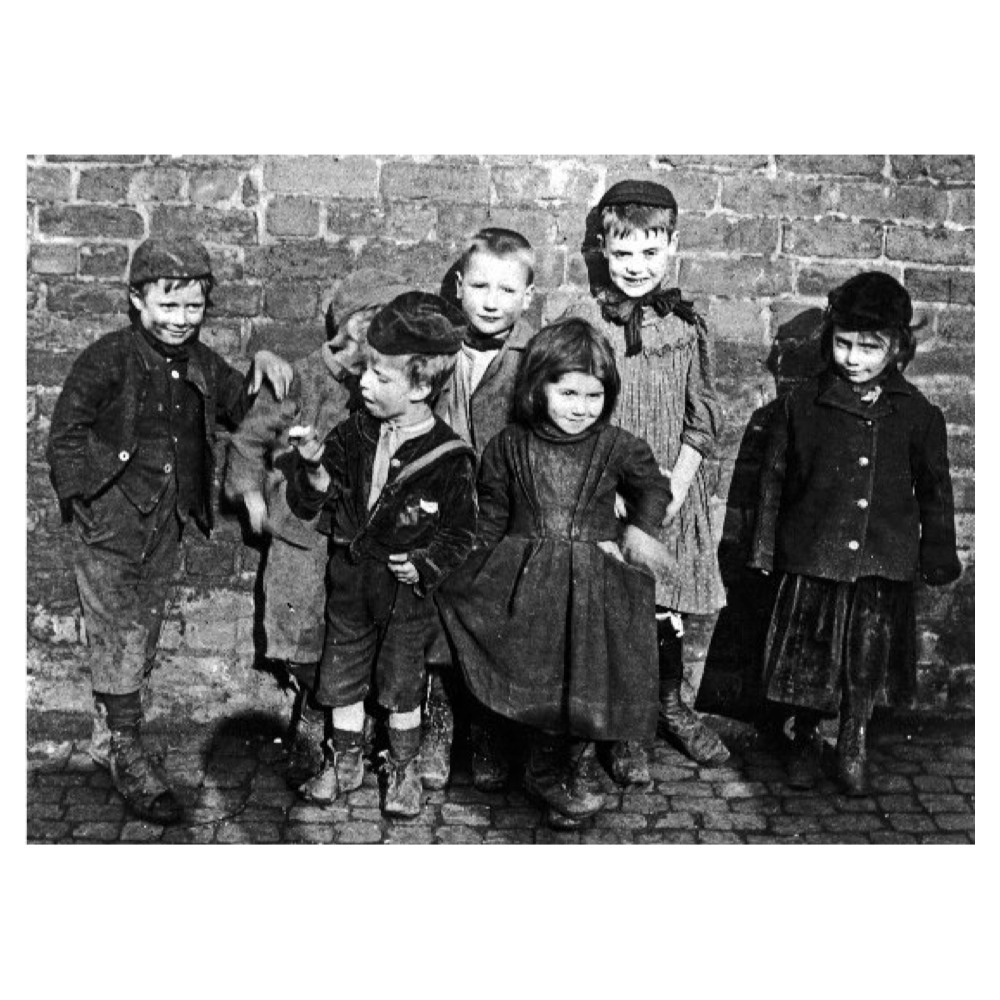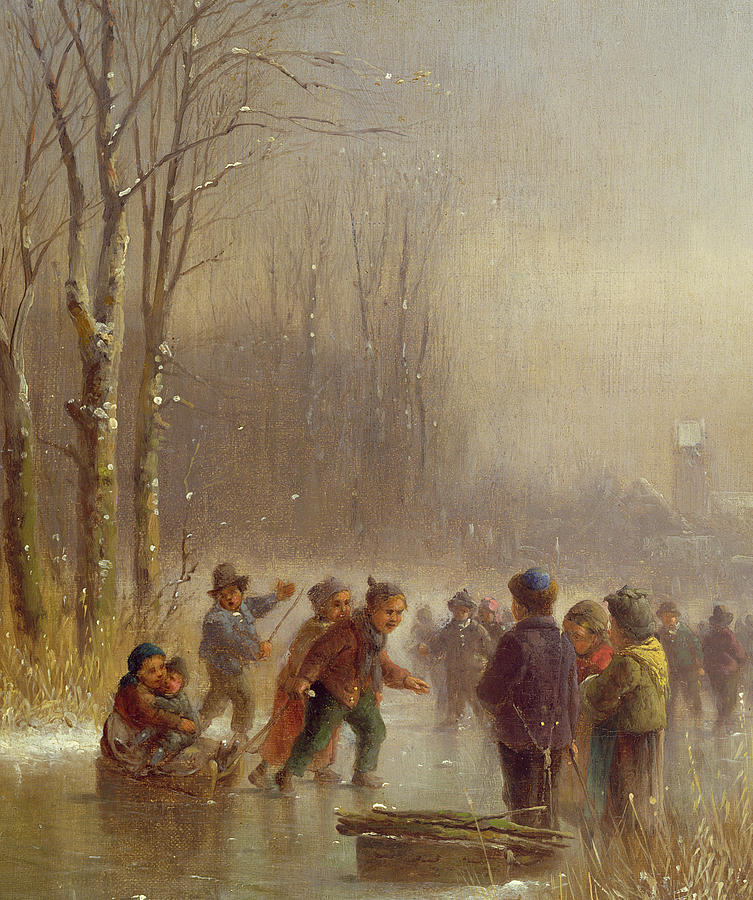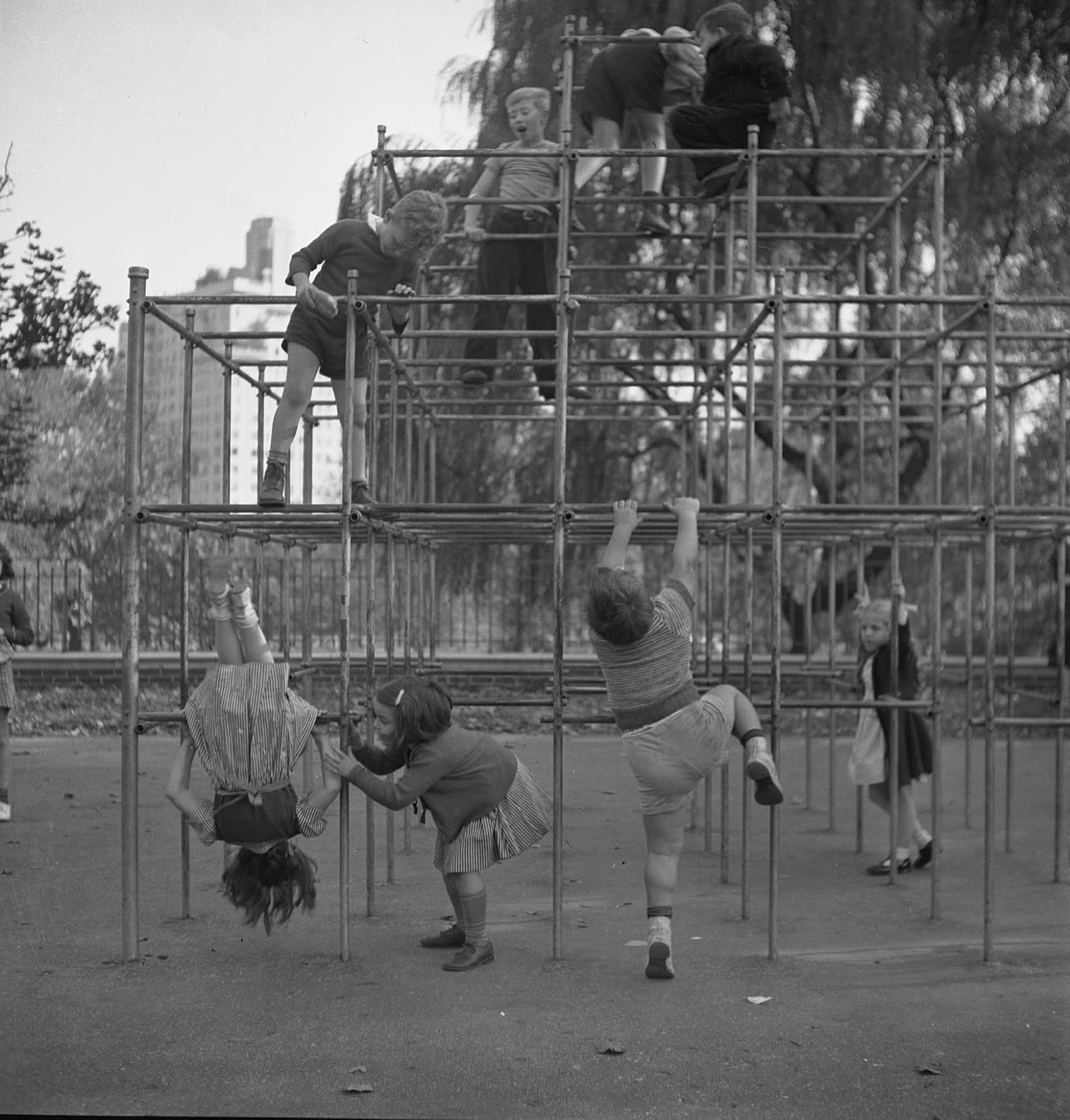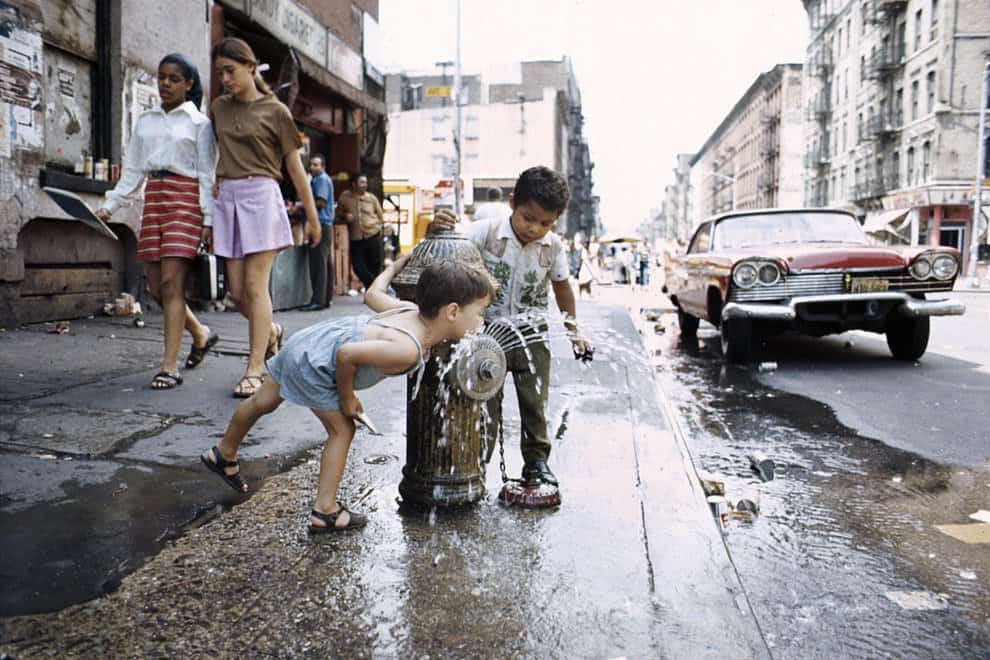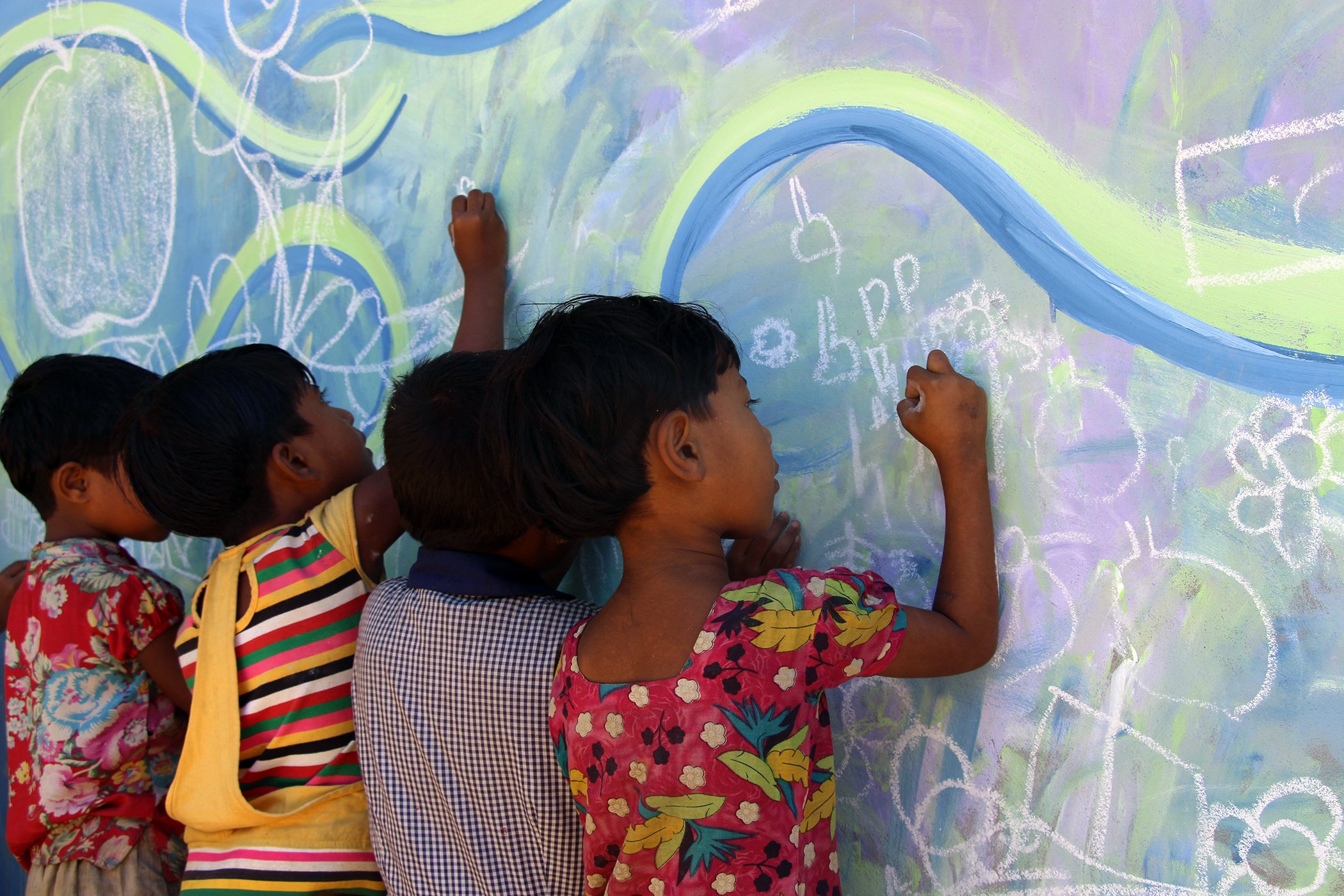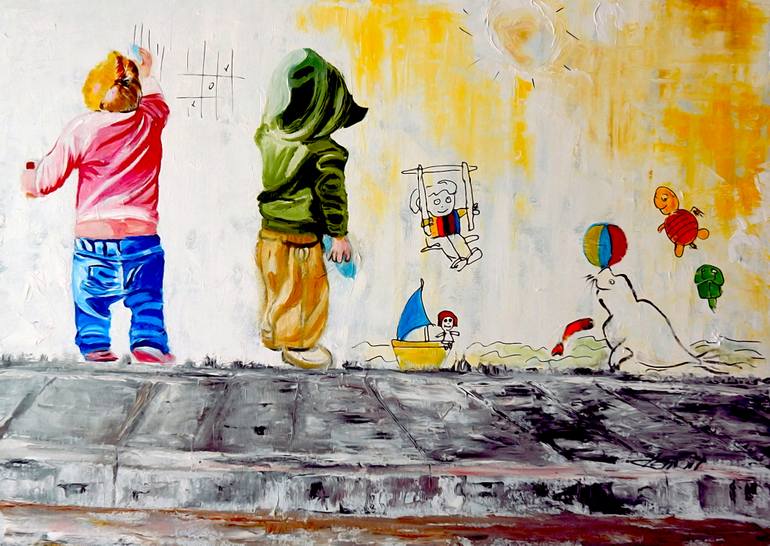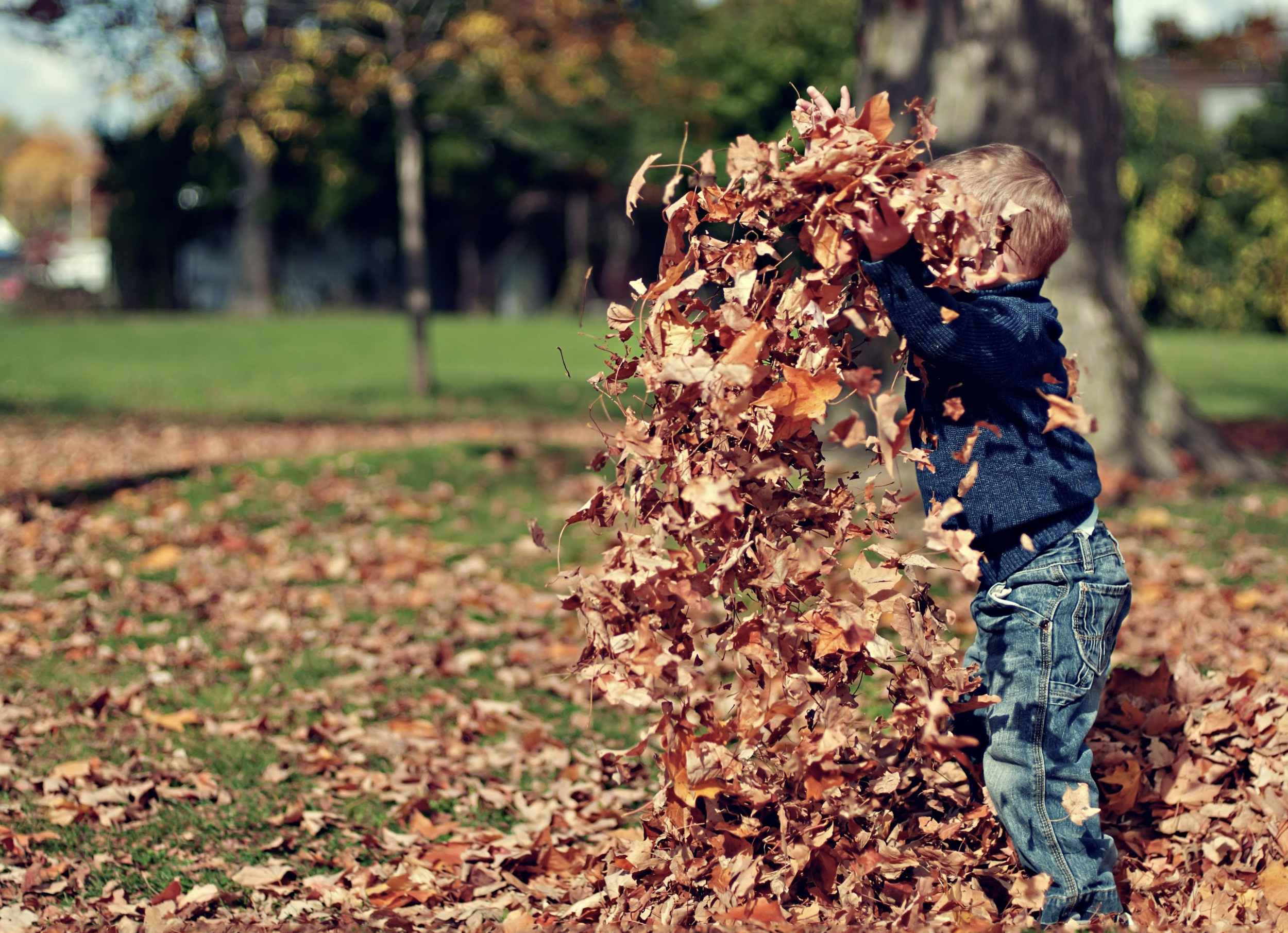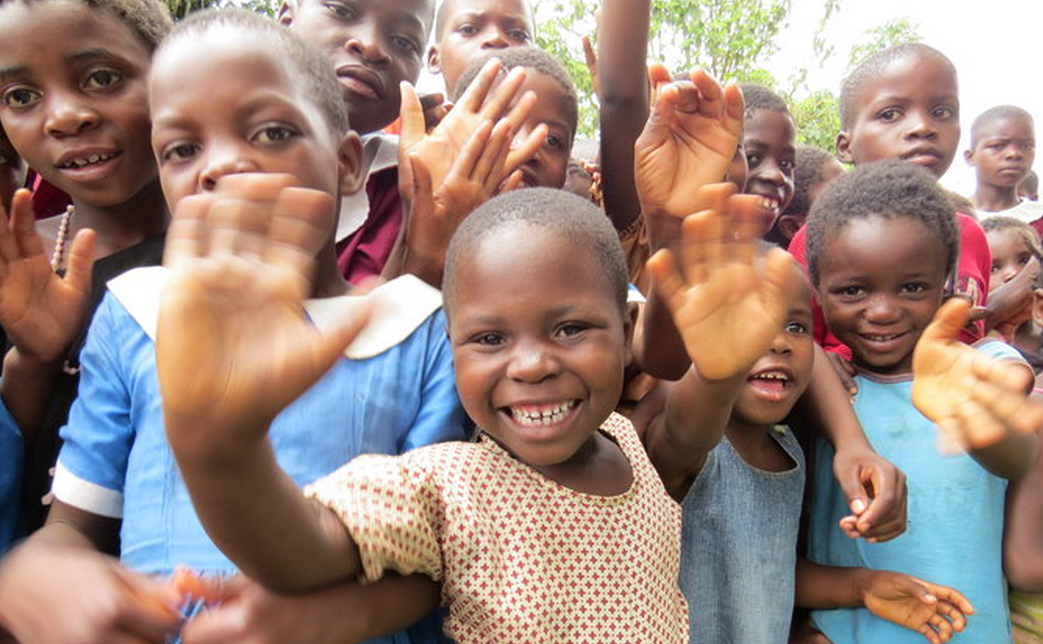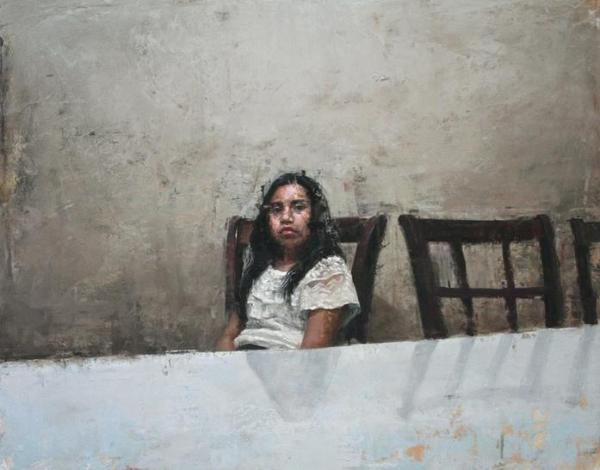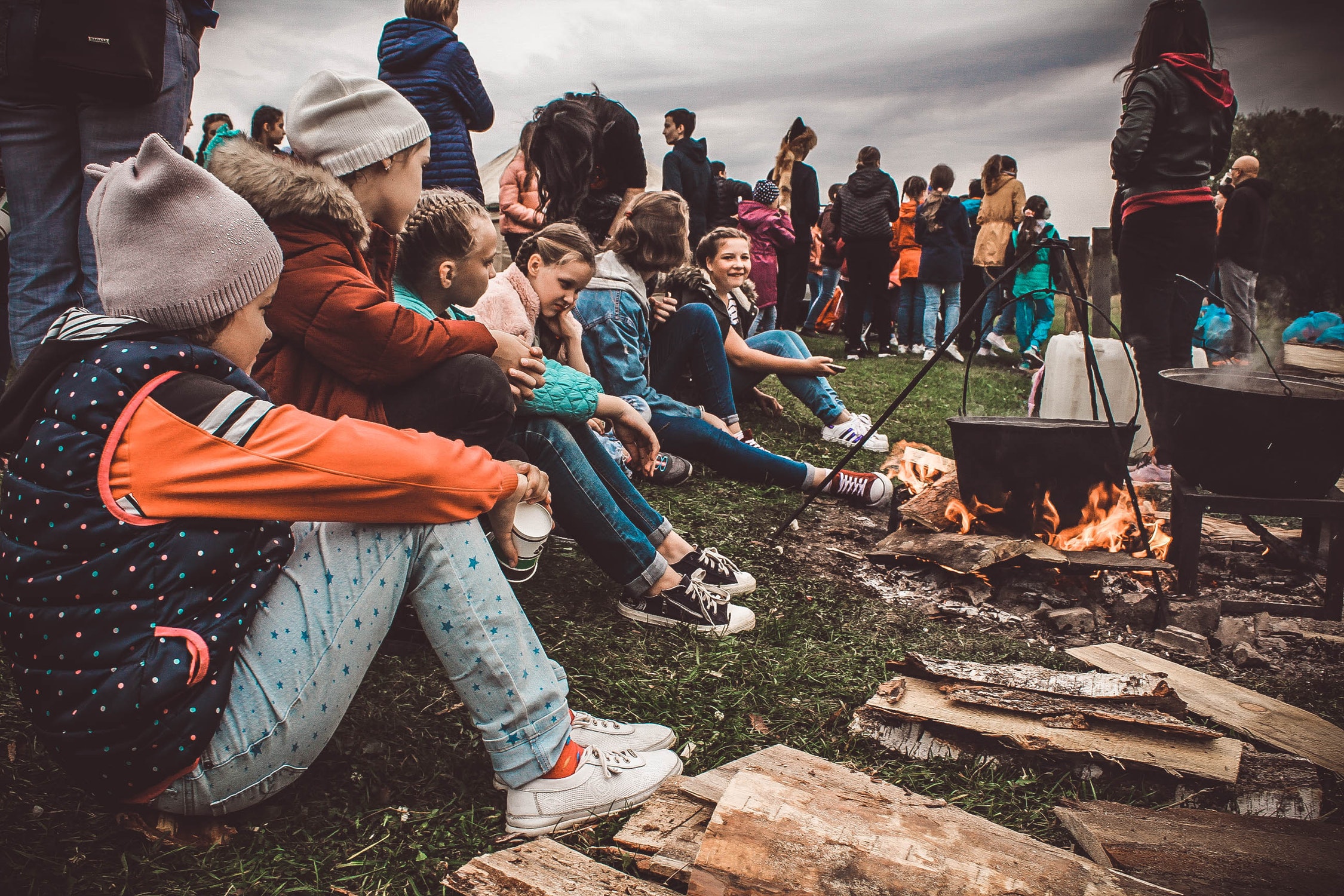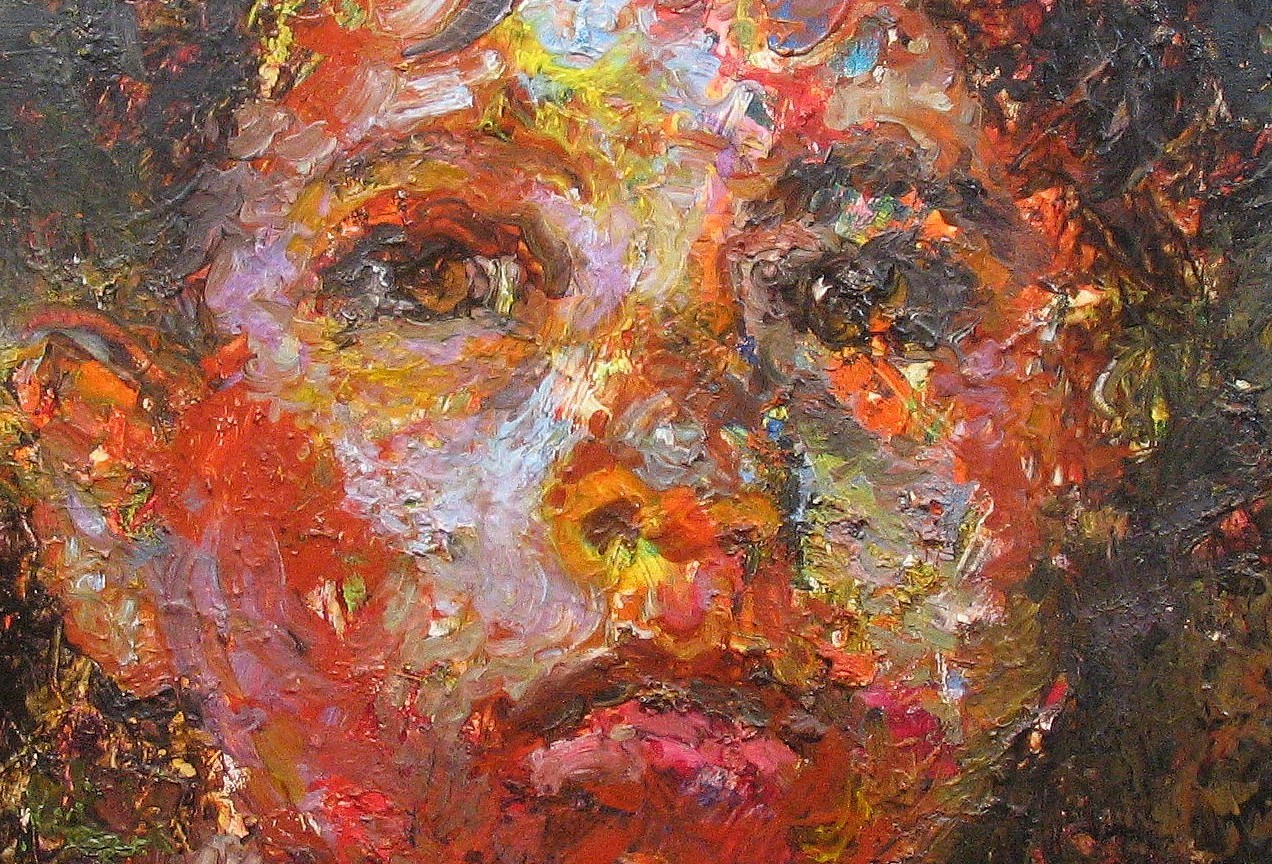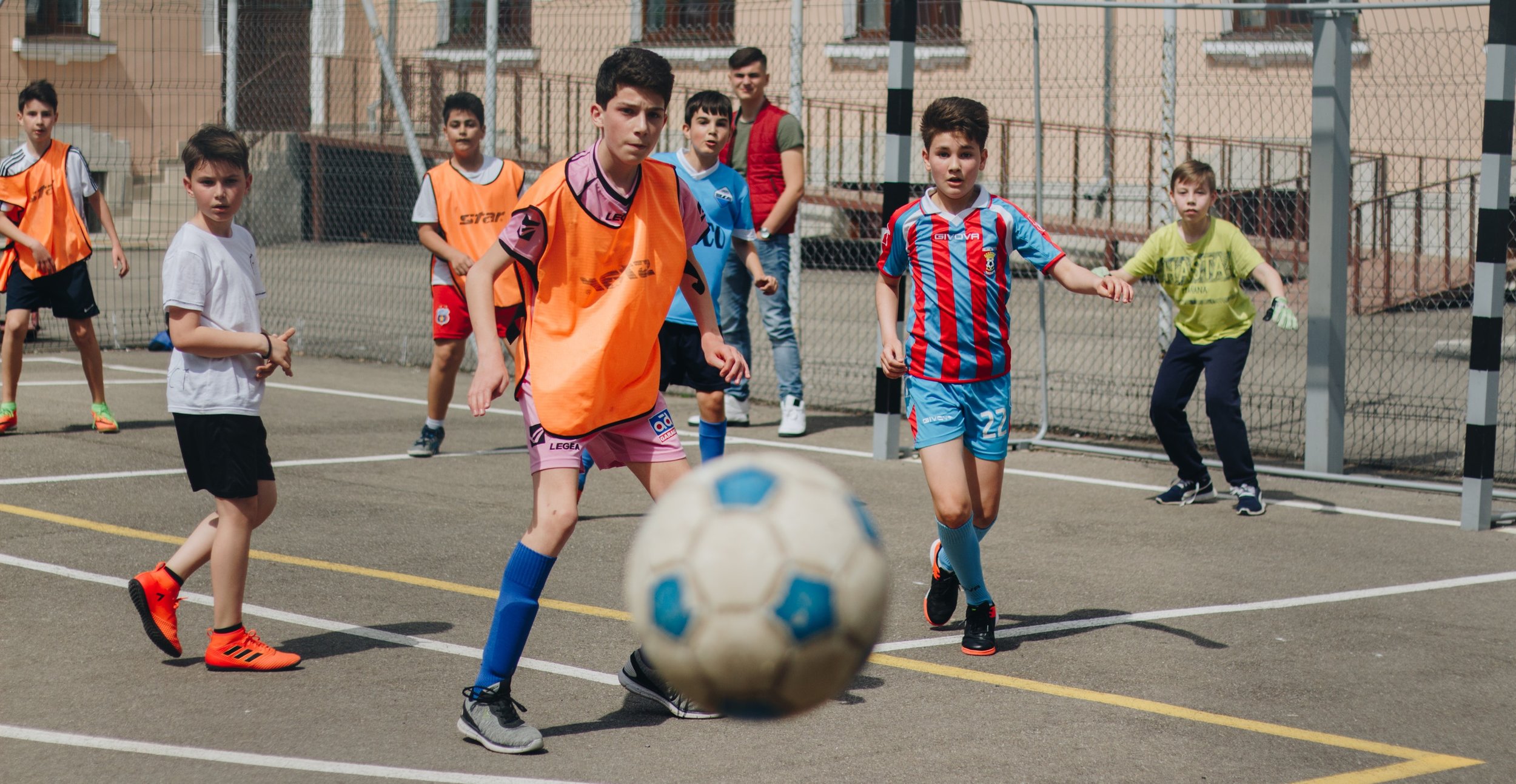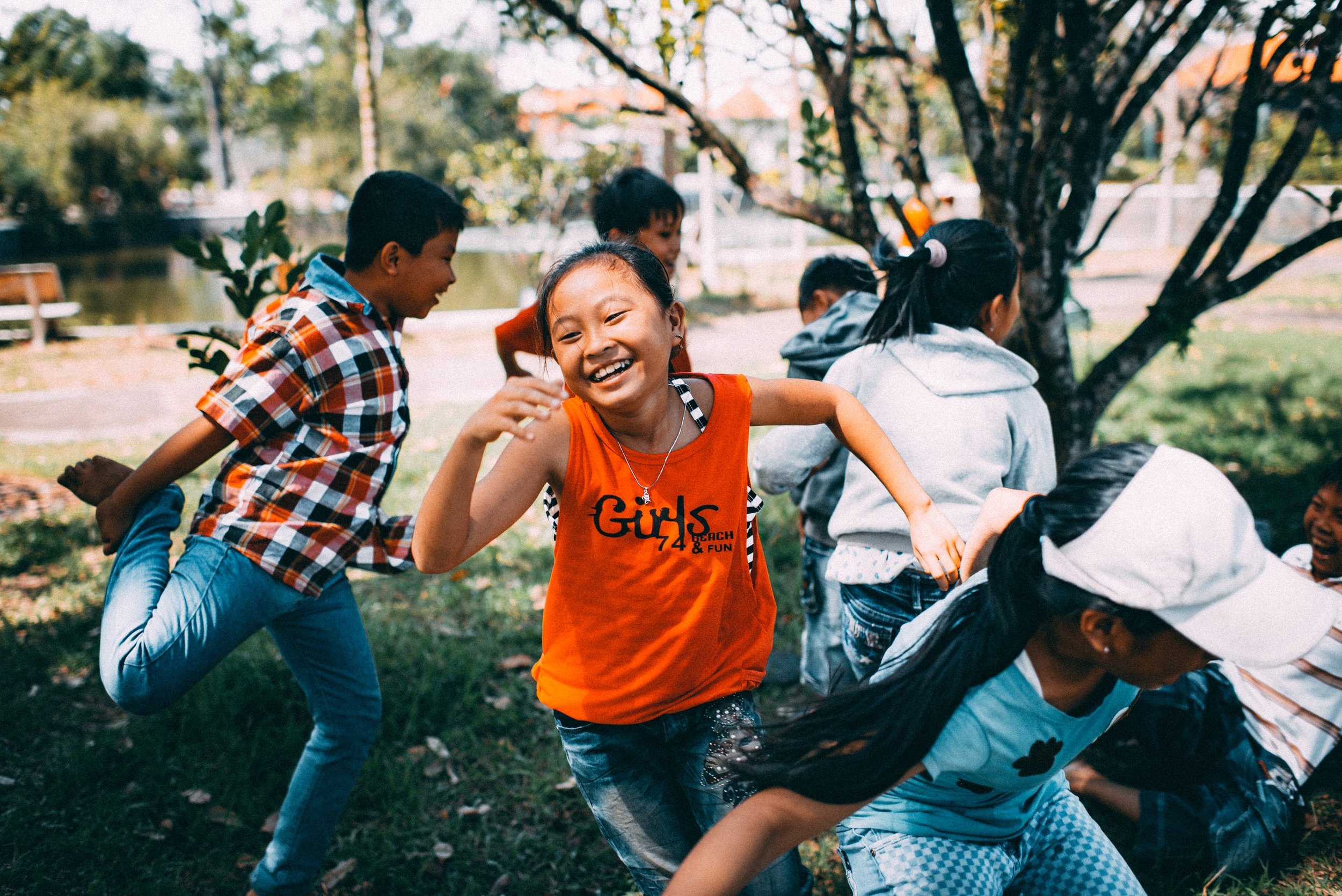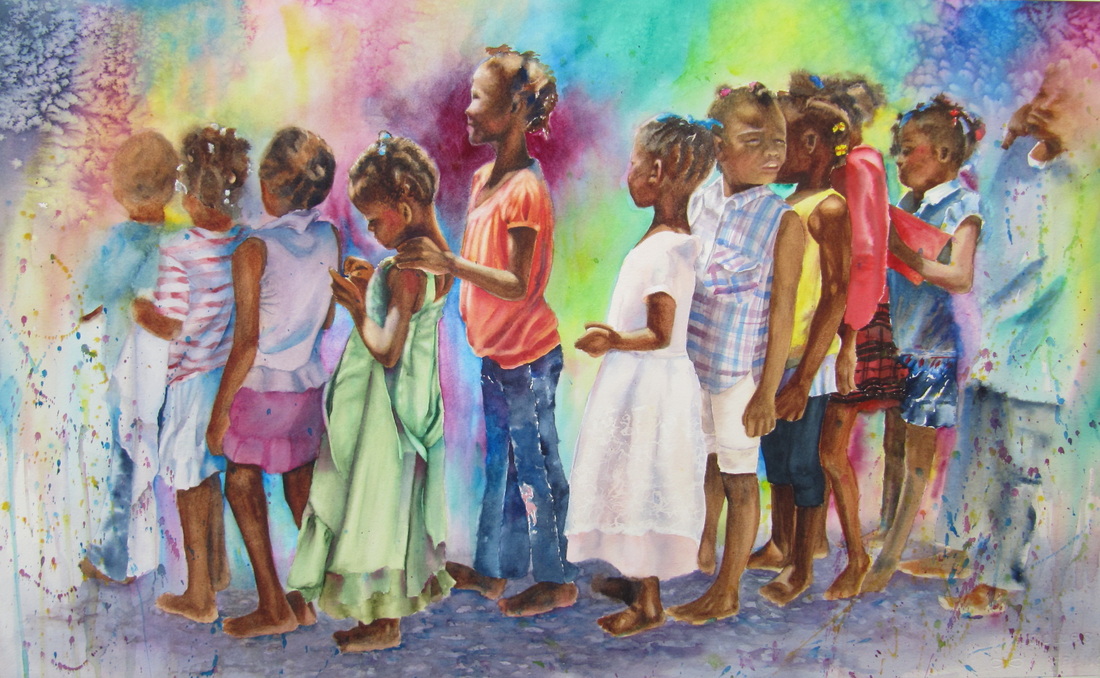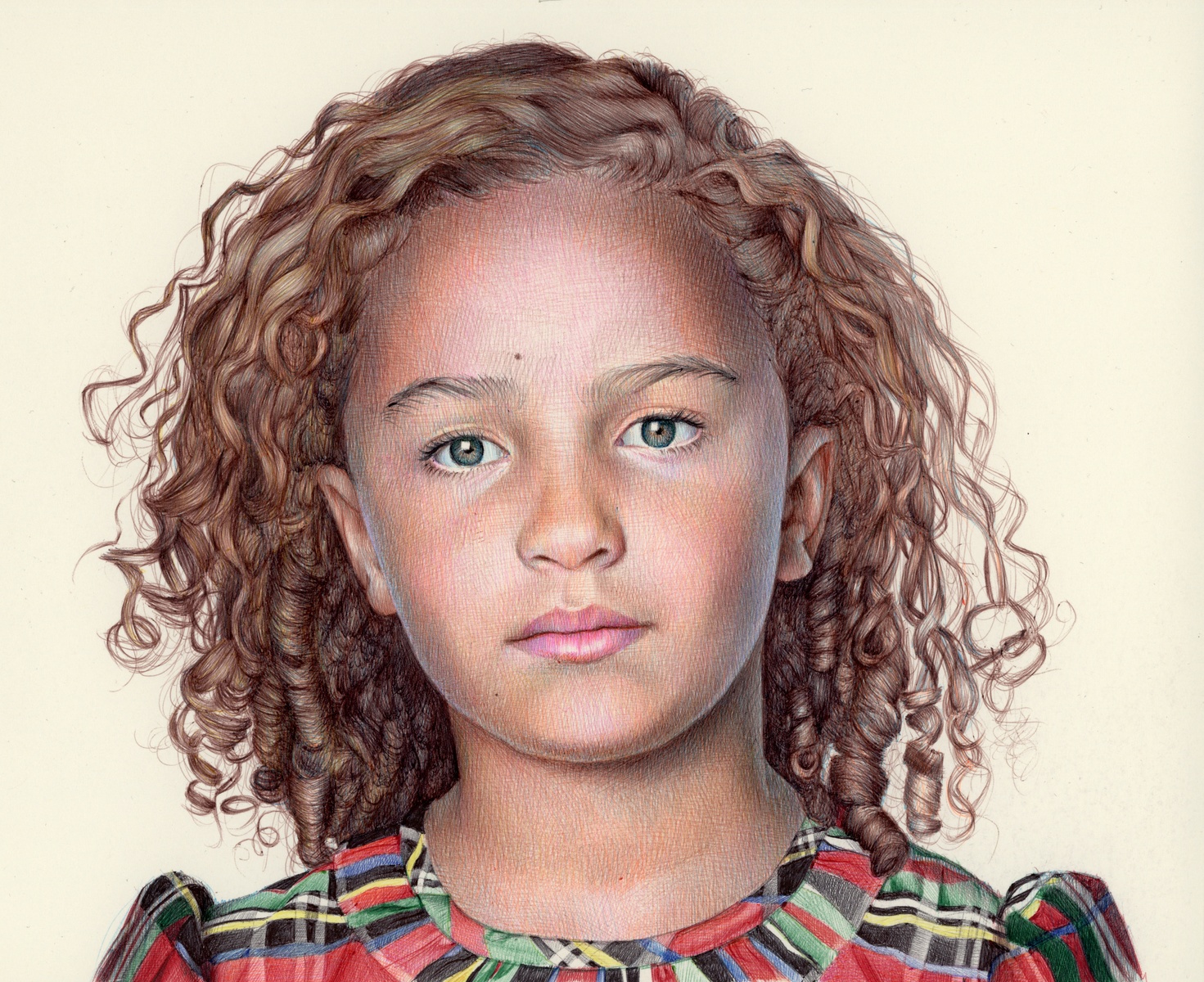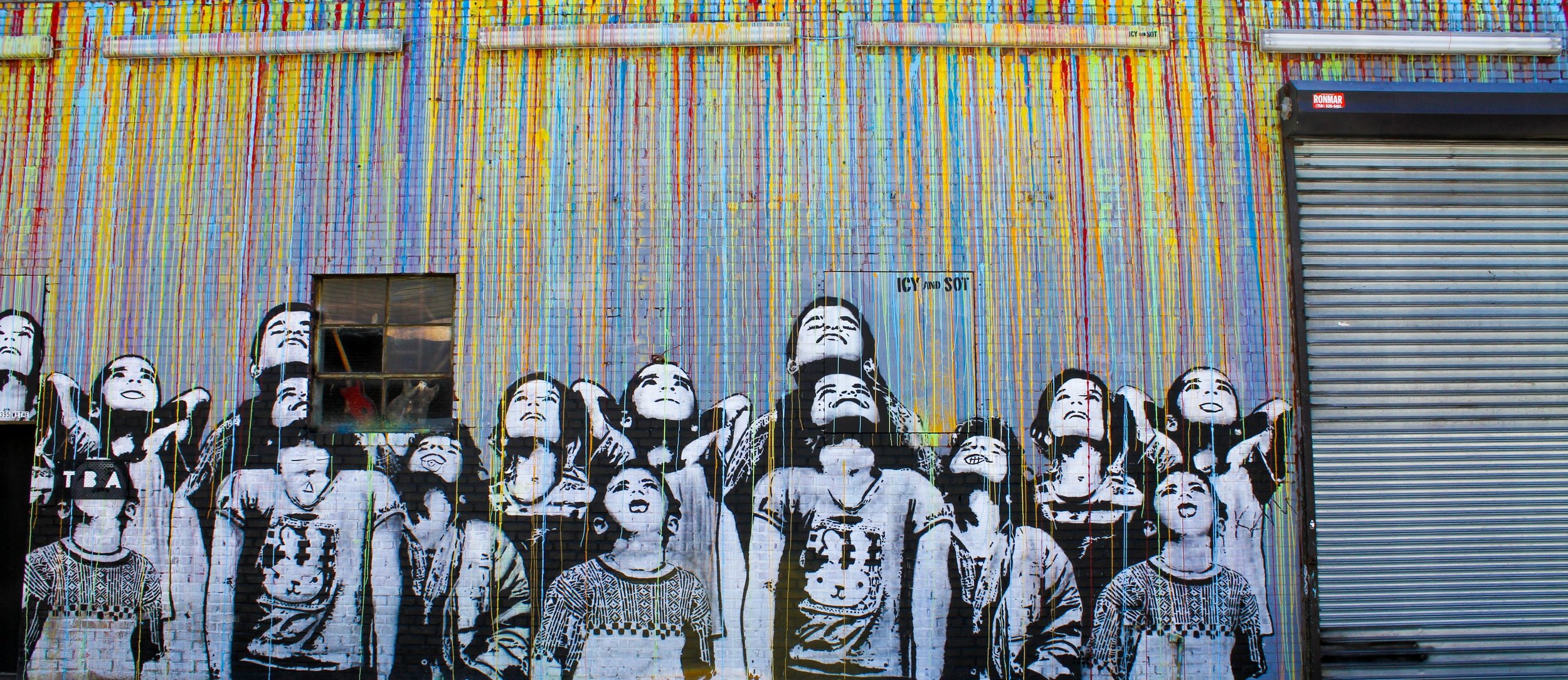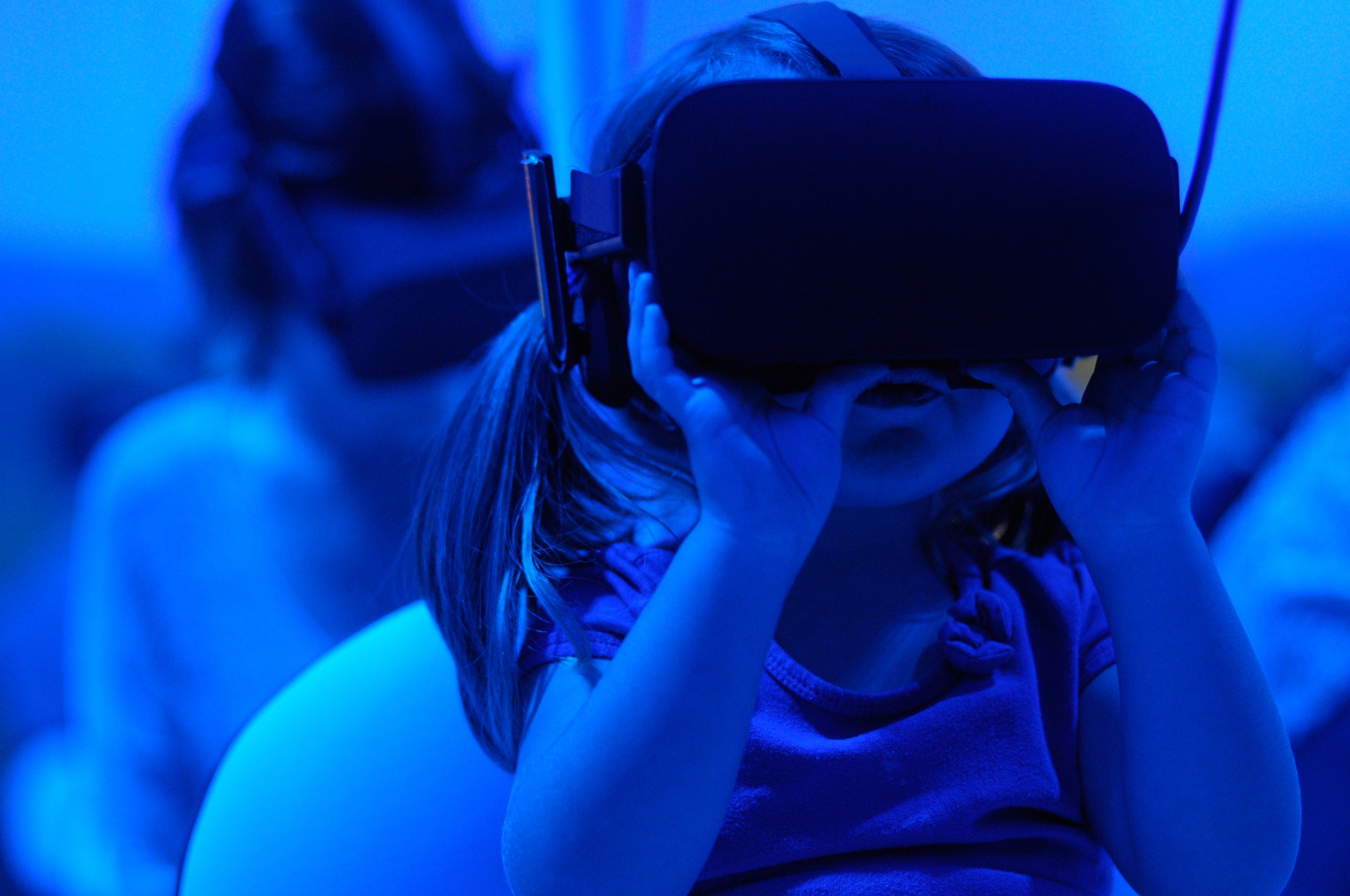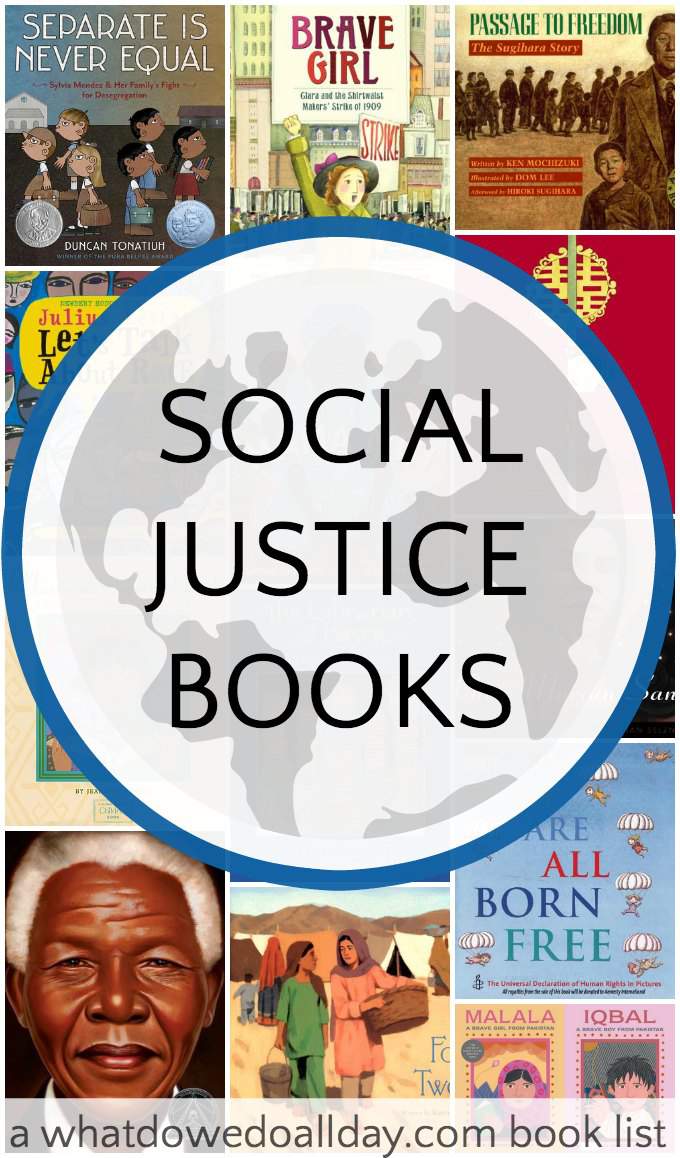Expression & Nurturance Of Spirituality Is A Social Justice Issue
All humanity is united by the fact that we were all children once. When one group is as vulnerable and marginalized, without a voice and vote as a child is we must make all aspects of their life an issue of social justice.
The statistics regarding childhood poverty point to the many ways we have failed the least of these. Children are particularly vulnerable. They cannot hire a lawyer when they are wronged. They have no means to hire a lobbyist to work for change on their behalf. Adults have the responsibility to care for the young of the world. When we consider providing them a life that allows them to thrive we consider their physical, emotional, cognitive, cognitive, social and spiritual needs. This is how children’s spirituality becomes a social justice issue. Their needs are our responsibilities, their gifts will sustain our futures, and their hopes must be our concern. To not consider their need for nurturance and spiritual development and freedom is to consider them less than whole. Children’s spirituality becomes a social issue when we seek as a civilization to fulfill our duty and responsibility to care for our children.
History of Childhood
The history of childhood in and of it’s self is a tricky topic. Historians write about the topic using the phrase “children verus childhood” as a way of being true to the diversity of real children’s lived experience while at the same time tracing the historical construction of a rather abstract notion of childhood and how that relates to American culture.
This is a multi-layered academic issue but one that is important to at least acknowledge in a discussion of children’s spiritually. How children perceive their childhood experiences and how sociologist and historians reflect on childhood during a particular period of time is germaine to our conversation. They are indeed two different things but inform and color each other For our purposes, understanding that societal perceptions of the experience of childhood is a changing and fluid concept is an important understanding.
Different Cultures, Difference Childhood - pdf
Childhood is a changing social phenomenon, of continual fascination and concern.
Social anthropologists ask questions about how childhood, and the role of children, is seen within the communities they study, rather than how it fits into Western ideas about childhood. Read more.
The Evolution of Childhood
Do ye hear the children weeping,
Oh my brothers . . .
The Cry of the Children
Elizabeth Barrett Browning
The history of childhood is a nightmare from which we have only recently begun to awaken. The further back in history one goes, the lower the level of child care, and the more likely children are to be killed, abandoned, beaten, terrorized, and sexually abused. It is our task here to see how much of this childhood history can be recaptured from the evidence that remains to us.
That this pattern has not previously been noticed by historians is because serious history has long been considered a record of public not private events. Historians have concentrated so much on the noisy sand-box of history, with its fantastic castles and magnificent battles, that they have generally ignored what is going on in the homes around the playground. And where historians usually look to the sandbox battles of yesterday for the causes of those of today, we instead ask how each generation of parents and children creates those issues which are later acted out in the arena of public life.
At first glance, this lack of interest in the lives of children seems odd. Historians have been traditionally committed to explaining continuity and change over time, and ever since Plato it has been known that child-hood is a key to this understanding. The importance of parent-child relations for social change was hardly discovered by Freud; St. Augustine’s cry, “Give me other mothers and I will give you another world,” has been echoed by major thinkers for fifteen centuries without affecting historical writing. Since Freud, of course, our view of childhood has acquired a new dimension, and in the past half century the study of childhood has become routine for the psychologist, the sociologist, and the anthropologist. It is only beginning for the historian. Such determined avoidance requires an explanation.
Historians usually blame the paucity of the sources for the lack of serious study of childhood in the past. Peter Laslett wonders why the “crowds and crowds of little children are strangely missing from the written record. . . . There is something mysterious about the silence of all these multitudes of babes in arms, toddlers and adolescents in the statements men made at the time about their own experience. . . . We cannot say whether fathers helped in the tending of infants. . . . No-thing can as yet be said on what is called by the psychologists toilet training. . . . It is in fact an effort of mind to remember all the time that children were always present in such numbers in the traditional world, nearly half the whole community living in a condition of semi-obliteration.”(1) As the family sociologist James Bossard puts it: “Unfortunately, the history of childhood has never been written, and there is some doubt whether it ever can be written [because] of the dearth of historical data bearing on childhood.”
Children in Poverty
Child Trends Databank. (2018). Children in poverty.
Key facts about child poverty:
In 2016, nearly 1 in 5 children lived in families with incomes below the federal poverty line, the lowest level since the Great Recession (which began in late 2007).
Child poverty has decreased since 1960, falling from 27 to 18 percent of children as of 2016, although this rate rose during the Great Recession.
Compared to other races/ethnicities, the proportion of children in poverty is highest among non-Hispanic black and Hispanic children (31 and 27 percent, respectively).
Statistics on Kids in the World & the USA
Adverse Child Experiences
Adverse Child Experiences - Childhood experiences, both positive and negative, have a tremendous impact on future violence victimization and perpetration, and lifelong health and opportunity. As such, adverse childhood experiences (ACEs) are an important public health issue. Learn how everyone can help prevent ACEs by using strategies to create safe, stable, nurturing relationships and environments for all children.
- Centers for Disease Control and Prevention (CDC)
The Adverse Childhood Experiences Study (ACE Study)
is a research study conducted by the Kaiser Permanente and the Centers for Disease Control and Prevention. Participants were recruited to the study between 1995 and 1997 and have been in long-term follow up for health outcomes. The study has demonstrated an association of adverse childhood experiences (ACEs) (aka childhood trauma) with health and social problems across the lifespan. The study is frequently cited as a notable landmark in epidemiological research, and has produced many scientific articles and conference and workshop presentations that examine ACEs.
About Resilience: Researchers have recently discovered a dangerous biological syndrome caused by abuse and neglect during childhood. As the new documentary Resilience reveals, toxic stress can trigger hormones that wreak havoc on the brains and bodies of children, putting them at a greater risk for disease, homelessness, prison time, and early death. While the broader impacts of poverty worsen the risk, no segment of society is immune. Resilience, however, also chronicles the dawn of a movement that is determined to fight back. Trailblazers in pediatrics, education, and social welfare are using cutting-edge science and field-tested therapies to protect children from the insidious effects of toxic stress—and the dark legacy of a childhood that no child would choose.
United Nations
Articles 14, 20, 30 Relate to Spirituality
Article 14
1. States Parties shall respect the right of the child to freedom of thought, conscience and religion.
2. States Parties shall respect the rights and duties of the parents and, when applicable, legal guardians, to provide direction to the child in the exercise of his or her right in a manner consistent with the evolving capacities of the child.
3. Freedom to manifest one's religion or beliefs may be subject only to such limitations as are prescribed by law and are necessary to protect public safety, order, health or morals, or the fundamental rights and freedoms of others.
Article 20
1. A child temporarily or permanently deprived of his or her family environment, or in whose own best interests cannot be allowed to remain in that environment, shall be entitled to special protection and assistance provided by the State.
2. States Parties shall in accordance with their national laws ensure alternative care for such a child.
3. Such care could include, inter alia, foster placement, kafalah of Islamic law, adoption or if necessary placement in suitable institutions for the care of children. When considering solutions, due regard shall be paid to the desirability of continuity in a child's upbringing and to the child's ethnic, religious, cultural and linguistic background.
Article 30
In those States in which ethnic, religious or linguistic minorities or persons of indigenous origin exist, a child belonging to such a minority or who is indigenous shall not be denied the right, in community with other members of his or her group, to enjoy his or her own culture, to profess and practise his or her own religion, or to use his or her own language.
ACT to Keep Youth Ministry Safe
Three key safety strategies for children’s ministry volunteers include awareness, communication, and taking action. These can
be remembered with the acronym “ACT.”
What Is the Church Doing about Sexual Abuse?
by Mary Jane Doerr
Director, Office of Protection for Children and Youth Archdiocese of Chicago
No youth serving organization has done more than the Catholic Church in the past 14 years to combat sexual abuse within its institution and in society. The Church has done much, but cannot sit back and say it’s over.
At The Church She Called Home, She Found Her Own Quiet Way To Protest
By Jenna Russell
Globe Staff
When crisis struck the church, in 2002, shaking its foundations, Hurst did not, could not, consider leaving. She had fought too hard to find her faith again. Having crossed that bridge, she never wanted to go back.
The only option was to fix the church she loved.
Social Justice Books for Kids to Teach About Global Issues
Social justice, whether it be environmental, political, gender oriented, or economic is a crucial subject and we must discuss it with our children if we want them to grow up to be compassionate global citizens.
Here is a list of social justice books for kids that address a variety of global issues, but of course the troubles around the world are endless. At the bottom of the post are links to more picture book lists that will help you in your endeavor to talk to your kids about important problems facing the world.
Child Honoring
Strange, W. A. (2004). Children in the Early Church: Children in the Ancient World, the New Testament and the Early Church. (2nd Ed.). Oregon: Wipf and Stock Publishers.
Gussin Paley, Vivian (1998). The Girl with the Brown Crayon: How Children Use Stories to Shape Their Lives. (2nd Ed.). Harvard University Press.
Cavoukian, Olfman, Raffi, Sharna (2006). Child Honouring: How to Turn This World Around. Homeland Press.
Wright, Moore, Almeda, Mary Elizabeth (2008). Children, Youth, and Spirituality in a Troubling World. Chalice Press.
Horn, Martens, Cornelia B., John W. (2009). "Let the Little Children Come to Me": Childhood and Children in Early Christianity. The Catholic University of America Press.
Daley, Guy, Shannon, Kathleen (1994). Welcome the Child: A Child Advocacy Guide for Churches. Friendship Press.



